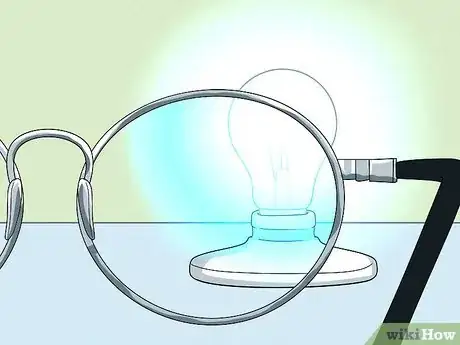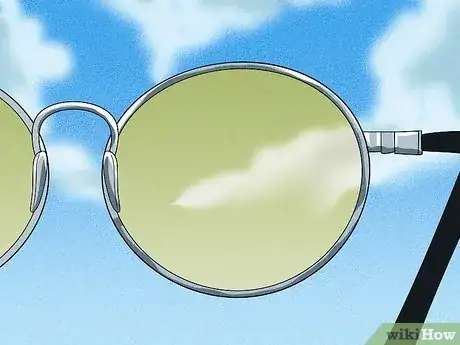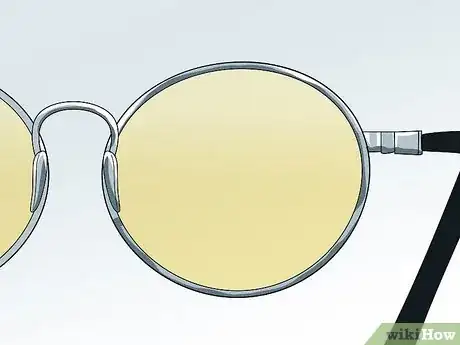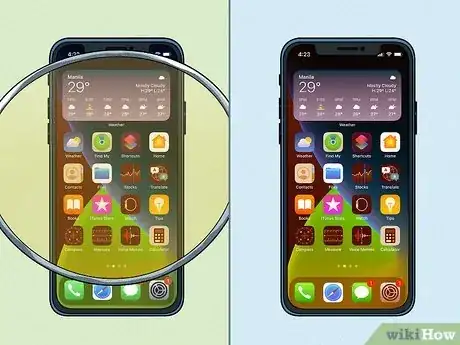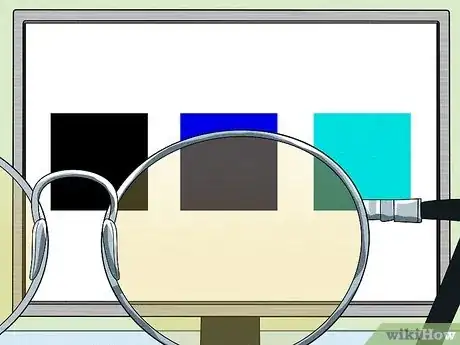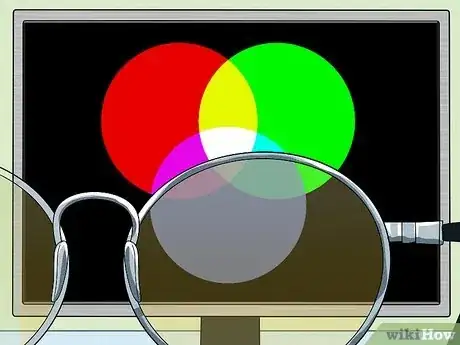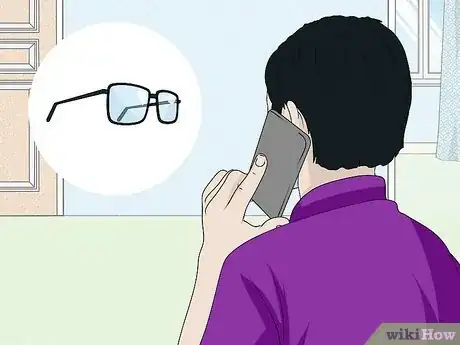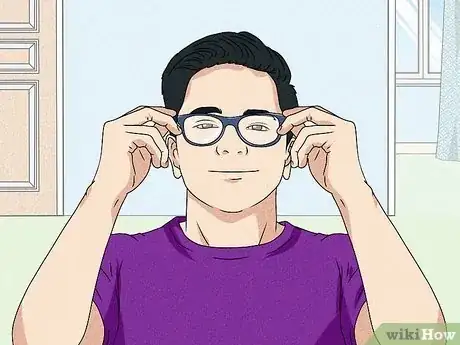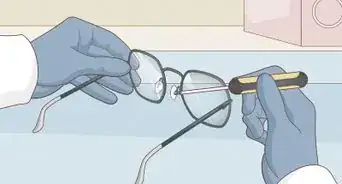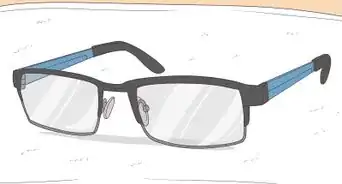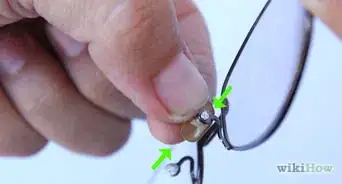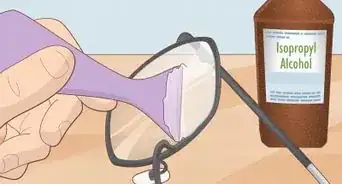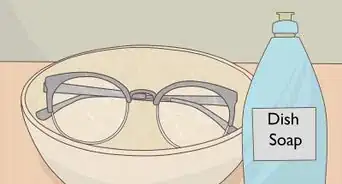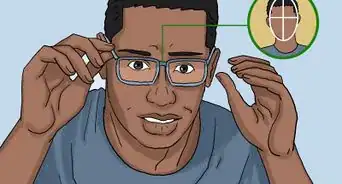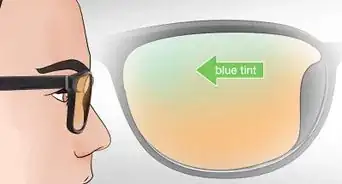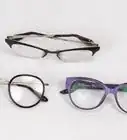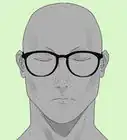This article was co-authored by Kara Hartl, MD, FACS and by wikiHow staff writer, Dan Hickey. Dr. Kara Hartl is a board certified Ophthalmologist and the Founder and CEO of Mountain View Eye Center in Fairbanks, Alaska. Dr. Hartl is a blue light expert and specializes in studying the effects of natural and artificial light on people’s eyes and bodies. She received a BA in Biology from Harvard University and earned her Doctor of Medicine (MD) from The University of California-San Diego Medical School. Dr. Hartl also trained at the world-renowned Bascom Palmer Eye Institute. She is passionate about incorporating technology into the future of eye care and has started a public education initiative to inform everyday LED screen users about the effects and the easy ways to protect themselves while continuing to use their devices. Dr. Hartl also founded the international non-profit, Gift of Sight, which is dedicated to curing blindness across the globe.
There are 7 references cited in this article, which can be found at the bottom of the page.
This article has been viewed 76,479 times.
There’s a lot of hype around blue light blocking glasses and a million brands to choose from, but how can you tell if your glasses are actually blocking blue light? Thankfully, you don’t have to be an optometrist to figure it out since there are a number of tests you can do at home to judge the quality of your lenses. We’ve put together a helpful list of ways to determine if your glasses are really blocking blue light, whether they’re clear computer glasses or darker orange lenses for nighttime. If you’re ready to kick blue light to the curb, read on!
Steps
Warnings
- Some companies provide a “blue light pen” (a small flashlight that shines blue light) you can shine through the lenses of their glasses as proof that they block blue light. However, these pens are often emitting violet light (right next to blue on the light spectrum) and not blue. This marketing technique is widely regarded as a scam.[10]⧼thumbs_response⧽
References
- ↑ https://diamondlobby.com/tech-guides/how-test-blue-light-glasses/
- ↑ https://diamondlobby.com/tech-guides/how-test-blue-light-glasses/
- ↑ https://www.lookoptic.com/blogs/the-look-blog/how-to-test-blue-light-glasses
- ↑ https://knowtechie.com/how-to-test-if-my-glasses-block-blue-light/
- ↑ https://knowtechie.com/how-to-test-if-my-glasses-block-blue-light/
- ↑ https://knowtechie.com/how-to-test-if-my-glasses-block-blue-light/
- ↑ https://news.iu.edu/stories/2020/10/iub/releases/15-blue-light-glasses-improve-sleep-productivity.html
- ↑ https://health.clevelandclinic.org/do-blue-light-blocking-glasses-actually-work/
- ↑ https://journals.lww.com/optvissci/Fulltext/2019/07000/Spectral_Evaluation_of_Eyeglass_Blocking.8.aspx
